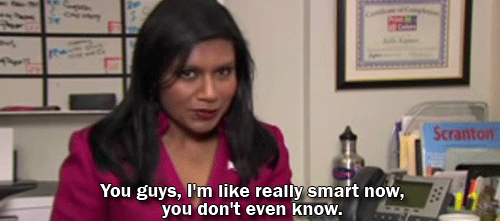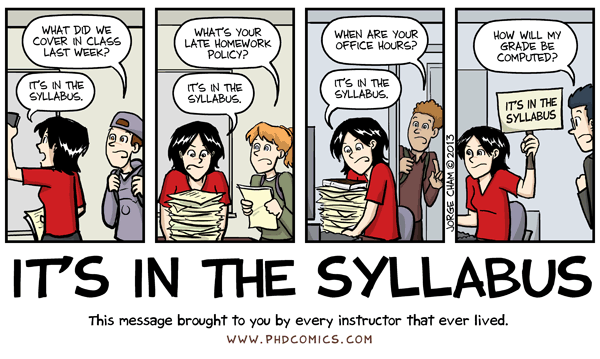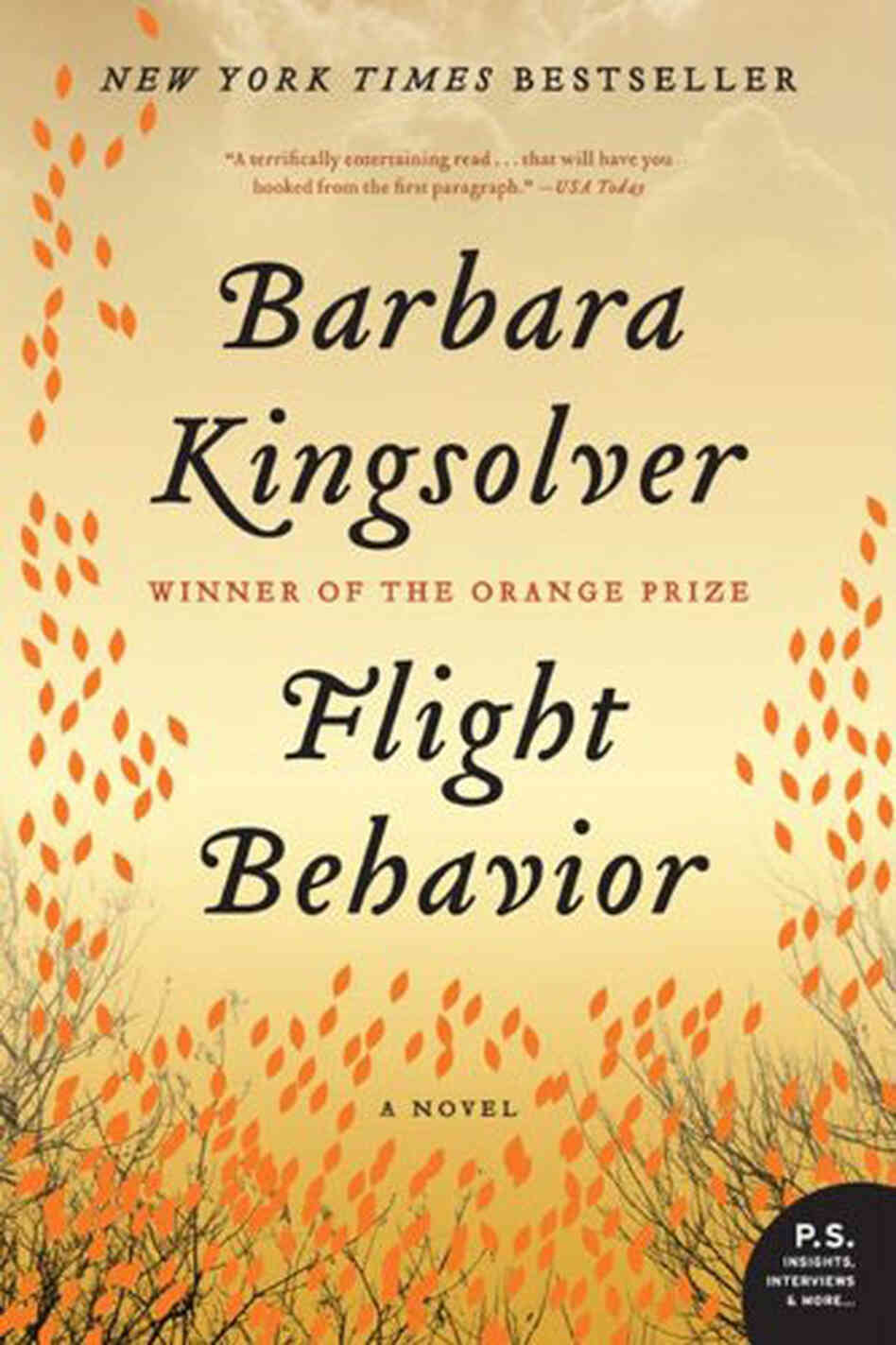It's time again for an installment of the STS Book Club! This time, it's a novel of the young adult variety. Perhaps a perfect stocking stuffer for the 11-year-old, nature-lover in your life? Or, you know, your story-loving 20-something PhD student.
 |
| My co-conspirators, then and now. Notice that I have grown in my appreciation of pants-wearing. |
I grew up on a farm in south central Kentucky with a small expanse of second growth forest rimming the yard and cultivated fields. My siblings, cousins, and I would spend hours in those woods, building treehouses, turning over rocks, and chasing imagined creatures through the understory. Mostly, we would pretend that we were surviving. We would play like we were 100 instead of, maybe, one mile from home. We had our dogs and we had our “tools” (usually a pocket knife or a hammer), but mostly we had our bravery and our brains. It’s that same feeling of playing at survival that thrills me about backpacking or long canoe trips to this day. No doubt this persistent desire to prove myself against some sort of untamed wilderness was inspired, in part, to my childhood reading list: White Fang, Hatchet, “To Build a Fire,” Julie of the Wolves, and My Side of the Mountain, to name a few. I rediscovered my love of young adult and children’s novels when I was writing my Master’s thesis. I found I had less dreams about amphipods if I read before bed, and usually, by the end of the day, I had the reading comprehension of a 14-year-old. I rediscovered my well worn copy of Gary Paulsen’s Hatchet, and the rest is history.
“Not hope that he would be rescued--that was gone. But hope in his knowledge. Hope in the fact that he could learn and survive and take care of himself. Tough hope, he thought that night. I am full of though hope.” ― Gary Paulsen, Hatchet
Over the past 3 years, I’ve re-read many of my childhood favorites and also discovered a few new novels in the genera that I truly love. I’d like to share one of those with you now. Ice Whale, by Jean Craighead George is a book I read over the summer when I was traveling. George has a great track record with her writing, as she is also the author of My Side of the Mountain and Julie of the Wolves, a novel which won her a Newbery Medal. Plus, I read on her website she has a memoir for children called The Tarantula in my Purse. If I write a memoir, I hope the title is half as impressive!
On with the review!
This is an epic tale, spanning families, generations, and two centuries. The real story begins in 1848, when young Eskimo boy, Toozak, witnesses a bowhead whale being born. He feels connected to the whale, which has a distinctive marking that looks like a dancing Eskimo. Some years later, the boy, now a young hunter, accidentally betrays the location of a group of bowhead whales (Balaena mysticetus) to a whaling ship. To atone for this mistake, the young man and his future offspring are bound to the fate of the whale whose birth he witnessed, and they must protect him till he dies. Bowheads can live over 100 years, so this initial plot point propels the story through time. Characters and families come, go, and weave together in unexpected ways. There are numerous themes: ocean exploitation, changing culture of native peoples, survival, and science! All the action of the novel is set against the raw beauty of the arctic, an area close to George's heart and a location she often visited during her life. I really think everyone can find something to love in this novel.



























